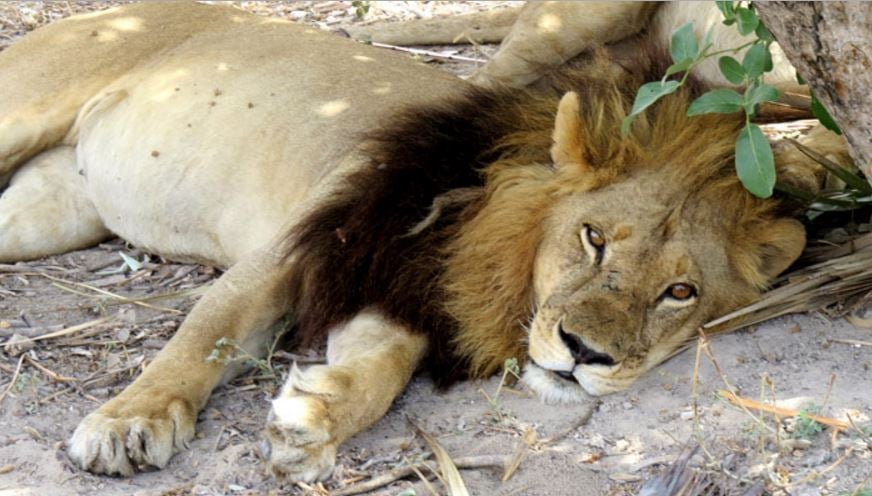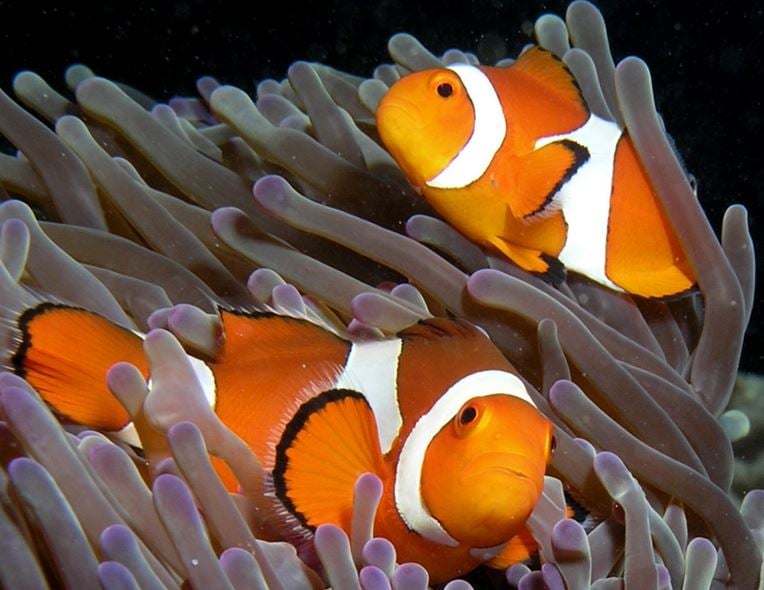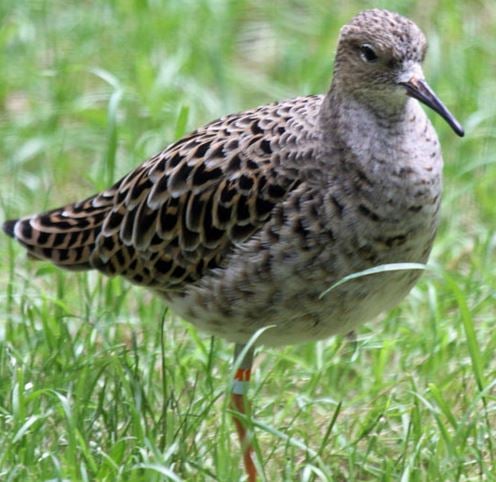A lioness called Mmamoriri has a mane like her male counterparts, and roars and acts just like the king of the jungle in order to survive. Experts at the Okavango Delta in Botswana, Africa, where she lives and was discovered, say it is a natural disguise strategy used by some animals to survive.
There are five other gender fluid lionesses in the same area. A gender fluid animal, including humans, may at any time identify as a female, male, neutrois, or some combination of identities.
In April this year, Robynne Kotzee wrote in Africa Geographic:
“Martina, her (Mmamoriri’s) predecessor, was regularly sighted around Mombo, and while her mane was much blonder, it was equally impressive. Recently, in one of the more southern prides on the concession, another young female has been spotted flaunting the first few tufts of a maturing mane. While this is not the norm, there has been an increase in reported incidences of these unusual felines on and around Chief’s Island over the last few years.”
 Scientists said the blackness of Mmamoriri’s mane was most striking. A dark mane is commonly a sign of mature males with high levels of testosterone. (Image: africageographic.com)
Scientists said the blackness of Mmamoriri’s mane was most striking. A dark mane is commonly a sign of mature males with high levels of testosterone. (Image: africageographic.com)
According to zoologists, Mmamoriri has acquired an evolutionary twist, which will be inherited by her cubs.
Scientists say that this twist in evolution, in Mmamoriri ‘s case, is helping her grow a mane and behave like a lion so she can fool invading prides into thinking she is male – helping her survival.
Several other species, including deer, have been known to acquire gender fluid characteristics. In some species of deer, the male will not develop antlers so that it can surreptitiously breed with females while the males are fighting for dominance.
On Christmas Day, a BBC documentary – The World’s Sneakiest Animals – will feature Mmamoriri. The show, presented by Chris Packham, will also feature the Californian Ground Squirrel that rubs itself with the skin of its main predator, rattlesnakes, so they cannot catch its scent, and a cuttlefish that can change its skin colour and texture to disguise itself.
Gay Star News wrote the following regarding gender fluid traits in the animal kingdom:
“While children are taught to believe all animals are either male or female and all are straight, the natural characteristics shared by LGBTIs in the human world are widespread beyond our species.”
 In the clownfish world, the male would start behaving as a female within hours of his female mate being eaten by a predator. The clownfish is a protandrious hermaphrodite – it modulates its gender as required to sustain adult breeding pairs. (Image: animalnewyork.com)
In the clownfish world, the male would start behaving as a female within hours of his female mate being eaten by a predator. The clownfish is a protandrious hermaphrodite – it modulates its gender as required to sustain adult breeding pairs. (Image: animalnewyork.com)
The cross-dressing ruff
The ruff, a medium-sized wading bird with a long neck, has what researchers from the University of Sheffield in England call a cross-dressing feature. Some males look like females and hide in plain sight of the other males. While most of the males are fighting for dominance, it is not confronted and steals mates extremely effectively.
Imagine a man entering a harem disguised as a woman, who has sex with all of them without the husband ever realizing. That is what the cross-dressing ruff does. In the case of the bird, its genes give it that feature. The scientist call it a supergene.
 This female-looking ruff is, in fact, a male. (Image: Wikipedia)
This female-looking ruff is, in fact, a male. (Image: Wikipedia)
Lead researcher, Professor Terry Burke, from Sheffield University’s Department of Animal and Plant Sciences, said:
“The special feature of the supergene is that it allows lots of genes that are next to each other on a chromosome – which in this case determine multiple traits including hormones, feathering, colour and size – to evolve together and create two distinct behavioural traits.”
“This process is similar to the one that led to the evolution of separate sex chromosomes, and indeed the alternative forms of the supergene combined together to create the third type of bird personality – the girlfriend stealer.”
BBC Video – Gender-jumping fish
In this fascinating short video, you can learn about the weird and wonderful world of the gender swapping Anthias fish that lives in the Indo-Pacific coral reefs. The clip is taken from the BBC wildlife show ‘Battle of the Sexes in the Animal World’.


Comments are closed.